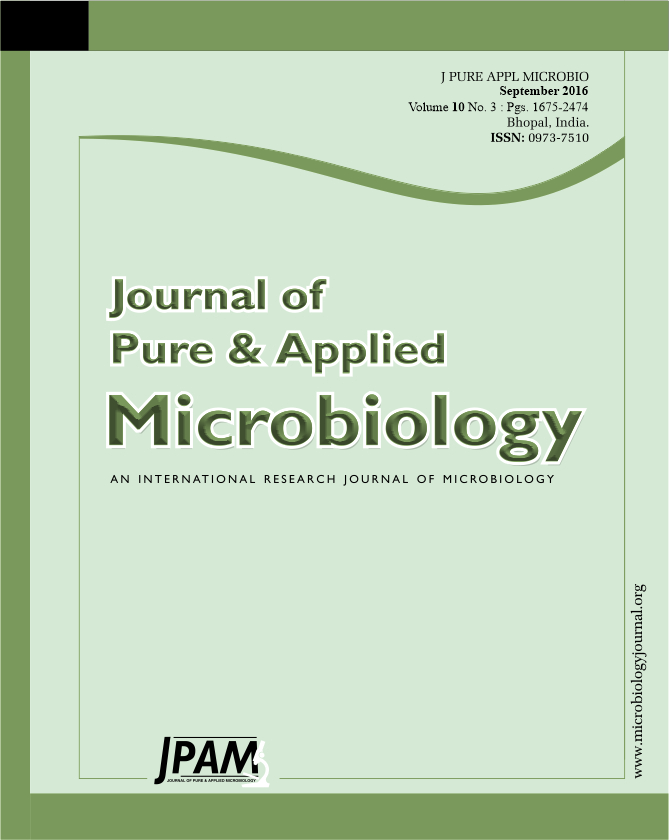Soy foods are more and more accepted as healthy food due to its numerous health benefits. However, the one of the unfavorable property of soy food is its incomplete digestion, due to the presence of soy indigestible oligosaccharides, which resulting in undesirable symptoms, such as flatulence, cramping and bloating. One of the solution of above problem is use of probiotic microorganism and use of such probiotic to soy food would help on solution of digestion and may confer additional health benefits too to consumers of soy food. In present study raw milk samples collected from different taluka of Amreli district, Gujarat. Total 157 bacteria were isolated. Among 157 bacteria, 67 were selected on the basis of preliminary tests which included Gram-positive, catalase negative and non-motile. The carbohydrates fermentation was determined by modified MRS agar containing bromocresol purple as a pH indicator and supplemented with 1 % of raffinose instead of dextrose. These organisms were characterized for their bile salt and pH tolerance too. Furthermore, base on carbohydrate fermentation, bile salt tolerance and acid tolerance result, two bacterial isolates DHA_DHR_MR _12 and DHA_JRA_M_13 were selected for 16s-rRNA identification. After identification confirm that the isolate DHA_DHR_MR _12 confirmed as Lactobacillus fermentum and DHA_JRA_M_13 confirmed Enterococcus faecium.
Raffinose, Probiotic, Soya food, Acid tolerance, Bile salt tolerance.
© The Author(s) 2016. Open Access. This article is distributed under the terms of the Creative Commons Attribution 4.0 International License which permits unrestricted use, sharing, distribution, and reproduction in any medium, provided you give appropriate credit to the original author(s) and the source, provide a link to the Creative Commons license, and indicate if changes were made.


